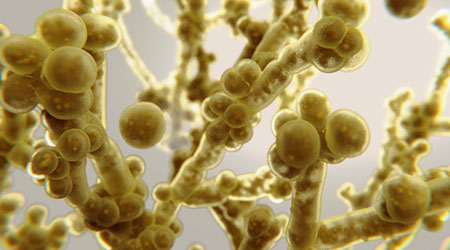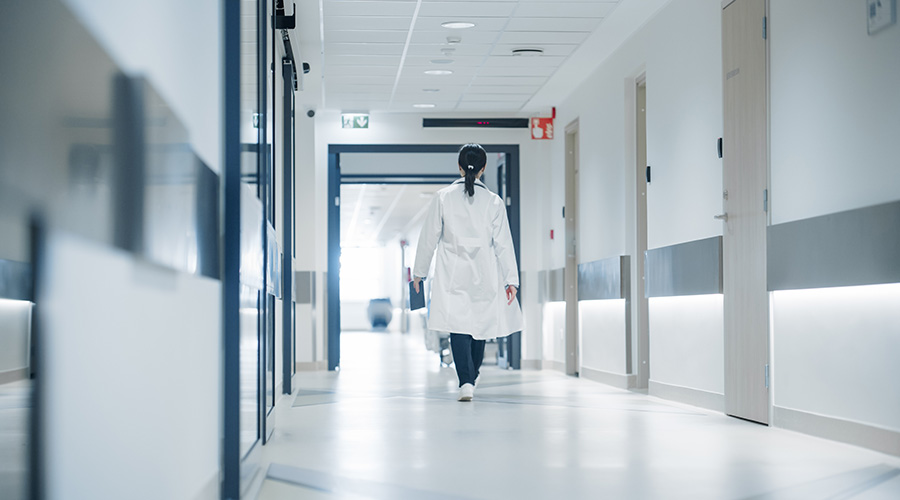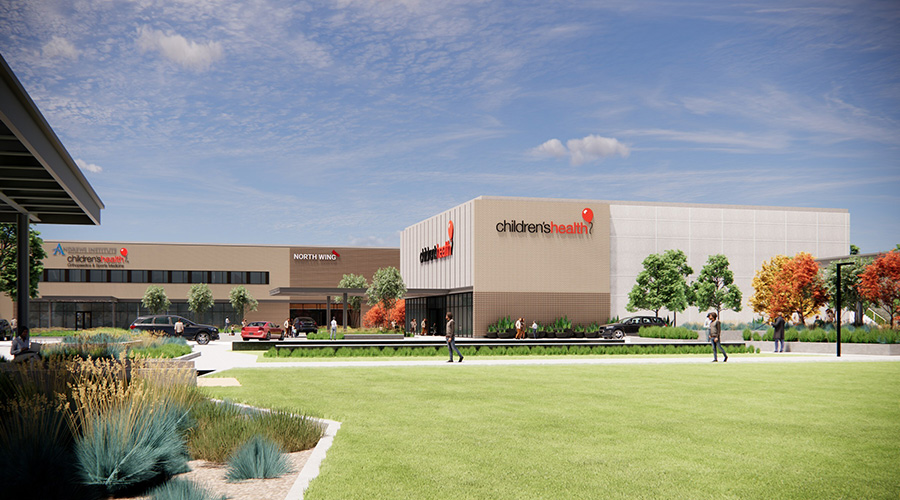Candida auris can be difficult to get rid of and part of the problem is that hosts shed it via skin cells, according to an article on the Contagion Live website.
Once shed, the pathogen can live for weeks on dry surfaces. It may remain even after surfaces are disinfected.
The risk of contracting C auris is low for most people, even those who reside in traditional nursing homes. Most concerning are the outbreaks at long-term facilities.
As of April 30, the Centers for Disease Control and Prevention had identified 654 clinical cases of C auris, primarily in New York City, New Jersey and Chicago.

 Spaces That Support: Patient-Centered Design for Modern Reproductive Health
Spaces That Support: Patient-Centered Design for Modern Reproductive Health Modernization of Buildings Require Collaboration Across All Disciplines
Modernization of Buildings Require Collaboration Across All Disciplines Children's Health Announces Plans for RedBird Specialty Center in Texas
Children's Health Announces Plans for RedBird Specialty Center in Texas How Can Healthcare Facilities Use Efficiency to Drive Climate and Health Goals?
How Can Healthcare Facilities Use Efficiency to Drive Climate and Health Goals? El Camino Health Rehabilitation Hospital Officially Tops Out
El Camino Health Rehabilitation Hospital Officially Tops Out